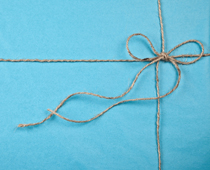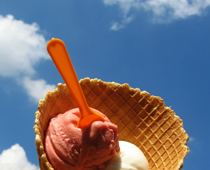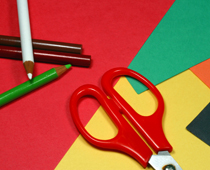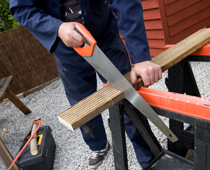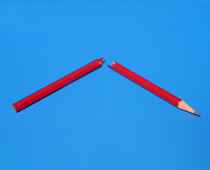
Ask the AI Tutor
Need help with Materials - Weak And Strong? Ask our AI Tutor!
AI Tutor - Lucy
Connecting with Tutor...
Please wait while we establish connection
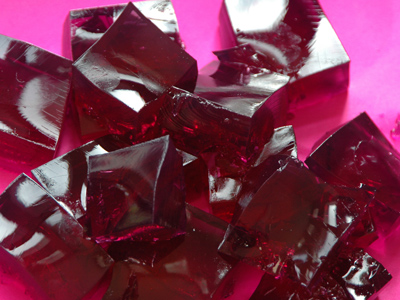
Jellies are very weak materials. You wouldn't build a house with them!
Materials - Weak And Strong
Explore how strong and weak materials behave as you test which objects bend, break, or hold weight in this KS1 Science quiz.
1 .
It is Mark’s birthday. He is having a party. He is given a birthday card. There is a birthday cake with icing on it. There are candles on the cake. Afterwards, they all eat jelly. All these materials are weak. But which one of these materials is the weakest?
Candle wax
Cake with icing
Birthday card
Jelly
Do you like to eat jelly?
2 .
3 .
Ellie is eating ice-cream out of a glass dish. She accidentally knocks the glass dish off the table and onto the floor. What will happen?
The glass dish will bounce
The glass dish will bend
The glass dish will break
The glass dish will catch fire
If you do break a glass, always ask an adult to see to it
4 .
String is very bendy and flexible. But if you pull on string it is very hard to pull apart. You need scissors to cut string. This is because string is:
A very strong material
Quite a strong material
An elastic material
A hard material
It is very hard to stretch string. But you can stretch a rubber band by pulling on it. Rubber bands are elastic
5 .
6 .
7 .
8 .
9 .
**Unlimited Quizzes Await You! 🚀**
Hey there, quiz champ! 🌟 You've already tackled today's free questions.
Ready for more?
Ready for more?
🔓 Unlock UNLIMITED Quizzes and challenge yourself every day. But that's
not all...
not all...
🔥 As a Subscriber you can join our thrilling "Daily Streak" against other
quizzers. Try to win a coveted spot on our Hall of Fame Page.
quizzers. Try to win a coveted spot on our Hall of Fame Page.
Don't miss out! Join us now and keep the fun rolling. 🎉
**Unlimited Quizzes Await You! 🚀**
Hey there, quiz champ! 🌟 You've already tackled today's free questions. Ready for more?
🔓 Unlock UNLIMITED Quizzes and challenge yourself every day. But that's not all...
🔥 As a Subscriber you can join our thrilling "Daily Streak" against other quizzers. Try to win a coveted spot on our Hall of Fame Page.
Don't miss out! Join us now and keep the fun rolling. 🎉







